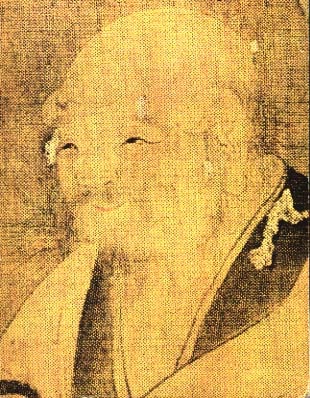The Tao That Can Be Spoken Is Not the Eternal Tao

I’ve been studying the Tao de Ching, a.k.a.”Tao Te Ching,” a.k.a. Dao De Ching” since my early teens, and I’ve recently been spending some time with a translation by Derek Lin. (You can find it at: www.Taoism.net and Tao Te Ching: Annotated & Explained, published by SkyLight Paths, 2006)
See what you think of this version of the famous first chapter:
The Tao that can be spoken is not the eternal Tao
The name that can be named is not the eternal name
The nameless is the origin of Heaven and Earth
The named is the mother of myriad things
Thus, constantly without desire, one observes its essence
Constantly with desire, one observes its manifestations
These two emerge together but differ in name
The unity is said to be the mystery
Mystery of mysteries, the door to all wonders
–Lao-Tzu (Obscure Chinese Philosopher, Founder of Taoism and Alleged Author of the Tao te Ching, c.604-c.531 B.C.)
Mature Plasticity in the Human Brain

The more we look, the more we understand that the human brain retains a remarkable ability to learn and re-fashion itself well into old age. The old idea that young brains are flexible, but that age causes us to become “hard-wired” and inflexible is not correct.
This has been confirmed in some new research that has just been published in the journal Neuron by investigators from Johns Hopkins who have shown that adult neurons are not glued in place as rigidly as had been thought.
The investigators led by David Linden used a new technique known as two-photon microscopy that allowed them to living neurons at work in the intact brain. The researchers injected fluorescent dye into the brains of mice to illuminate a subset of neurons and then viewed these neurons through a window in the skull of living, anesthetized mice.
They examined neurons that extend axons to the cerebellum, a region of the brain involved in coordinating motor and sensory information. These axons have a primary trunk that runs upward and several smaller branches that sprout out to the sides.
While the main trunk was firmly connected to other target neurons in the cerebellum, the side branches were mobile: Linden describes them like this:
“The side branches swayed like kite tails in the wind.”
Over the course of a few hours, individual side branches would highly dynamic behavior, elongating, retracting and morphing. These side branches also failed to make conventional synaptic connections with adjacent neurons. The motion of the side branches was arrested stalled by a drug that produced strong electrical currents in the axons.
Why the brain would want such motile, non-connected branches remains a mystery.
They may provide a second mechanism for conveying information beyond traditional synapses. Alternatively they may be involved in nerve regeneration.
Whatever the final answer, it is clear that the adult brain remains a remarkably plastic, fluid and flexible structure.
Excellent news for all of us!
“That which is flexible and flowing will prosper and grow. That which is rigid and blocked will wither and die.”
–Tao te Ching
“When a noble life has prepared old age, it is not decay that it reveals, but the first days of immortality.”
–Muriel Spark (Scottish Writer, 1918-)
“You will stay young as long as you learn, form new habits and don’t mind being contradicted.”
–Marie, Baronin von Ebner-Eschenbach (a.k.a. Baroness Marie von Ebner-Eschenbach, Austrian Writer, 1830-1916)






